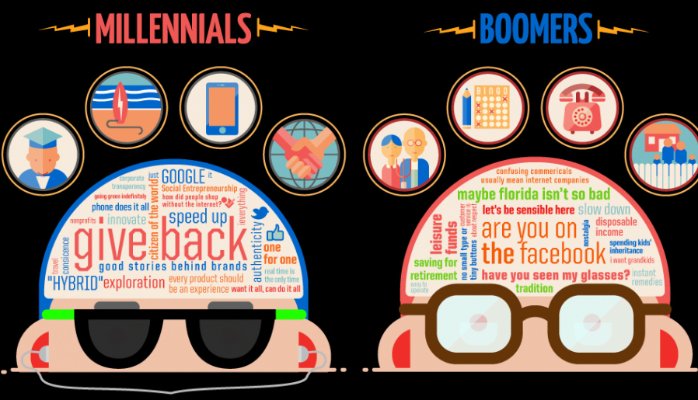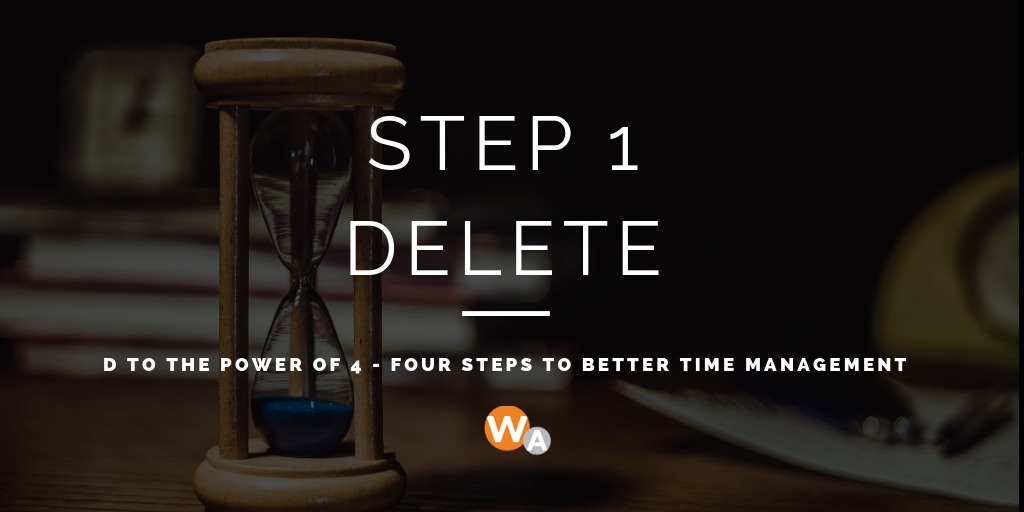These days, it’s inevitable that a diverse group of older and younger workers cross paths in business.
After all, the young, tech-savvy, socially conscious demographic known as Gen Y are currently the largest living generation, navigating the work force in record numbers. And the boomers may be retirement age, but that doesn’t mean they’re ready to stop working. Many baby boomers are choosing to enjoy “encore careers” – jobs that allow them to continue to apply their skills and experience to personally meaningful projects.
Here are a few ways to help these two groups work together, so your business benefits from their unique and complementary skills.
The best of two worlds
Millennials offer incredible potential to the businesses they work for. Young, tech-savvy and interested in making a difference in the world, Gen Y only lack one key trait: experience.
Boomers, on the other hand, know how the business world works, and many enjoy sharing their knowledge with younger colleagues. However, unlike millennials, they may be “stuck” doing things less efficiently, simply because they don’t adapt easily to new technologies.

With their distinctive skill sets, pairing up a young worker with an older employee can be mutually rewarding – and highly beneficial – if you know how to manage the relationship.
Partners – not protégés
Trust is the foundation of every good working relationship. Building trust among your younger and older workers can mean establishing a very different work dynamic than your older employees may be used to.
To avoid tension, avoid creating hierarchies at work. Even in a mentor-mentee relationship, it’s important that each person see themselves as an equal. That way when someone doesn’t know something, there’s no reason to feel embarrassed. No one is the boss; everyone is there to exchange knowledge and experience.
Communication is key
Being digital natives, Gen Y may prefer communicating with tweets, texts and instant messages; boomers, on the other hand, prefer a phone call, email or face time.
Moreover, older generations may be used to a more formal approach to communicating at work, particularly with management. They may interpret a more casual communication style – common among their Gen Y peers – as a lack of respect.

You can help bridge gaps in communication with weekly staff meetings. You might even consider creating a communication policy: group emails for important matters that affect everyone, and the communicator’s preferred form of communication for other matters.
Final tips
While you can’t necessarily influence how well any two employees work together – after all, there’s more to any working dynamic than generational tendencies – an awareness of how your staff work best and an attitude of flexibility can make a huge difference.

Find ways to support your employees as they nurture each other’s growth. When it comes to problem-solving, encourage your boomer staffers to help younger workers understand their reasons behind their decisions with examples based on their experience. Likewise, millennial staff should think about the best ways to teach their older colleagues, who are less comfortable with technology, how to use a new web tool or software.
With these tips in mind, you’ll be on your way to nurturing the skills and talents of all your workers – and creating a harmonious atmosphere for everyone.



